Deepfakes and the Fraud Triangle: How The Financial Services Industry Can Stay Ahead of Emerging Threats

Imagine watching a video of your CEO instructing you to move funds urgently to a new account. The voice, the mannerisms, the facial expressions—it all seems legitimate. But what if it wasn’t? What if that video was a deepfake created using AI technology? Financial services providers face growing risks as deepfakes intersect with fraud, exploiting vulnerabilities highlighted by the classic fraud triangle.
Let’s talk about the risks deepfakes pose to financial services, how they align with the fraud triangle's three elements (motivation, opportunity, and rationalization), and how Proof provides critical fraud prevention solutions in this evolving landscape.
What Are Deepfakes?
Deepfakes are AI-generated images, videos, or audio clips designed to mimic real people with astonishing accuracy. Using techniques like deep learning and neural networks, bad actors can create remarkably realistic forgeries of voices, faces, or entire personas.
What initially gained global attention for its misuse in entertainment and political propaganda is now becoming a potent tool for financial fraud. Deutsche Bank’s 2023 FinCrime Report highlighted deepfakes as one of the leading technology-based fraud threats for the decade ahead - and deepfake fraud has only heightened since.
These forgeries aren't just limited to personal or aesthetic uses. Deepfakes are rapidly being weaponized, posing substantial threats to financial services providers already grappling with identity fraud, account takeover (ATO), and business email compromise (BEC).
The Fraud Triangle and Deepfakes in Financial Crime
The fraud triangle is a concept widely used in fraud risk management. It describes three factors that drive people to commit fraud, including motivation, opportunity, and rationalization. Deepfakes amplify each element of this triangle, creating new risks for financial institutions.
Motivation
Fraudulent actors are often driven by financial pressure, personal gain, or geopolitical motives. Deepfakes multiply the allure of these gains by enabling new methods to exploit organizations.
For example, imagine a disgruntled employee or financially strained individual who can build or purchase a deepfake program cheaply. They can now mimic executives, investors, or even high-profile clients to convince companies to release funds or confidential information. With minimal resources, bad actors can execute sophisticated fraud campaigns that would previously have required a high degree of technical expertise.
Statistically, Cybersecurity Ventures predicts the global annual impact of cyber fraud to hit $10.5 trillion by the end of 2025. Deepfakes are key accelerants of this escalation.
Opportunity
Deepfakes thrive on unmonitored communication channels and gaps in verification systems. Financial services providers increasingly rely on digital and remote systems, but this reliance can create opportunities for fraudsters.
For instance, impersonating a client or executive in real-time isn’t a Hollywood plotline anymore; it’s a growing fraud vector. A 2020 case involving a synthetic audio deepfake allegedly cost a UK-based energy firm more than $240,000 over a single fraudulent phone call.
The abundance of data available online continues to power these opportunities. Social media, corporate bios, and other forms of digital data offer fraudsters raw material to create highly convincing forgeries. Plus, this technology is becoming nearly impossible to detect with the human eye alone. Combine these fake personas with under-secured internal systems, and deepfake-driven fraud has plenty of room to flourish.
Rationalization
Rationalization is the factor that enables fraudsters to justify their actions. Some scammers blame financial institutions’ profits or policies for choosing to target them specifically.
Deepfake-enabled fraud taps into this mindset by making fraud risk feel ‘low.’ Unlike traditional scams requiring substantial risk or visibility, deepfakes allow fraudsters to act remotely and anonymously. This perceived “cleaner” detachment makes rationalizing fraud easier.
Combined, these three factors make financial institutions ripe targets.
Fraud Check: How Deepfakes Threaten Financial Services
To fully grasp the implications, here are some specific ways deepfake threats manifest in the financial services industry.
Identity and Account Takeover
Deepfakes can impersonate legitimate users during account recovery, loan applications, or KYC (Know Your Customer) processes. Synthetic video deepfakes circumvent traditional security mechanisms, making it harder to verify authenticity.
According to McKinsey, global spending on identity verification solutions is projected to exceed $20 billion by 2030. The reason? An unrelenting surge in complex fraud techniques like deepfakes.
Payment Fraud and Stimulus Fund Exploitation
Fraudsters use deepfakes to impersonate senior executives or financial controllers to authorize payments. During economic stimulus payouts, deepfake-generated identities can fraudulently claim funds, leaving financial institutions with liability exposure.
Undermining Trust in Digital Systems
Perhaps most concerning is the erosion of trust. Financial institutions rely on trust to operate, particularly when so many transactions occur in remote or digital environments. Deepfakes challenge this trust head-on, raising customer concerns about the reliability of virtual banking and communication methods.
Deepfakes represent more than just another fraud vector. They are a symptom of larger trends in fraud vectors adapting to technological advancements.
Financial institutions need proactive strategies to mitigate these risks. Unfortunately, conventional fraud check and prevention frameworks often rely on outdated or insufficient verification standards, such as static documents or usernames/passwords. These approaches are fundamentally ill-equipped to detect or prevent deepfake attacks.
Enter Proof's Fraud Protection Platform
Proof stands uniquely positioned to help financial services organizations combat the rising threat of deepfakes with AI-driven fraud detection tools, identity verification measures, and continuous monitoring.
Here’s why Proof is the solution you need for fraud protection in a deepfake-prone world.
AI-Driven Identity Verification
Proof’s platform uses AI-based authentication technology capable of analyzing video, audio, and text for inconsistencies. Tell-tale signs of deepfake tampering, such as frame anomalies or unnatural voice pitch changes, can trigger alerts before damage occurs.
Alerts for Every Transaction Stage
Proof detects more than 100 risk signals to help you identify fraudulent activity at every stage of the transaction. Businesses receive a risk score for every transaction, highlighting specific fraudulent issues behind every authorization, signature, notarization, or identity verification.
Enhanced Trust and Security for Customers
Beyond fraud prevention, Proof instills confidence. Your clients can rest assured knowing that their accounts, financial data, and interactions with your business remain secure.
Mitigate Deepfake Risks Today
Deepfakes represent a troubling new frontier in financial fraud. Their ability to exploit motivation, opportunity, and rationalization, as outlined in the fraud triangle, makes them uniquely suited to disrupt financial services providers.
But fraudsters don’t have to win. With innovative tools like Proof’s fraud prevention platform, you can stay ahead of these emerging threats while maintaining trust and security across your customer base.
Take the first step toward protecting your business and explore Proof’s solutions for financial services.













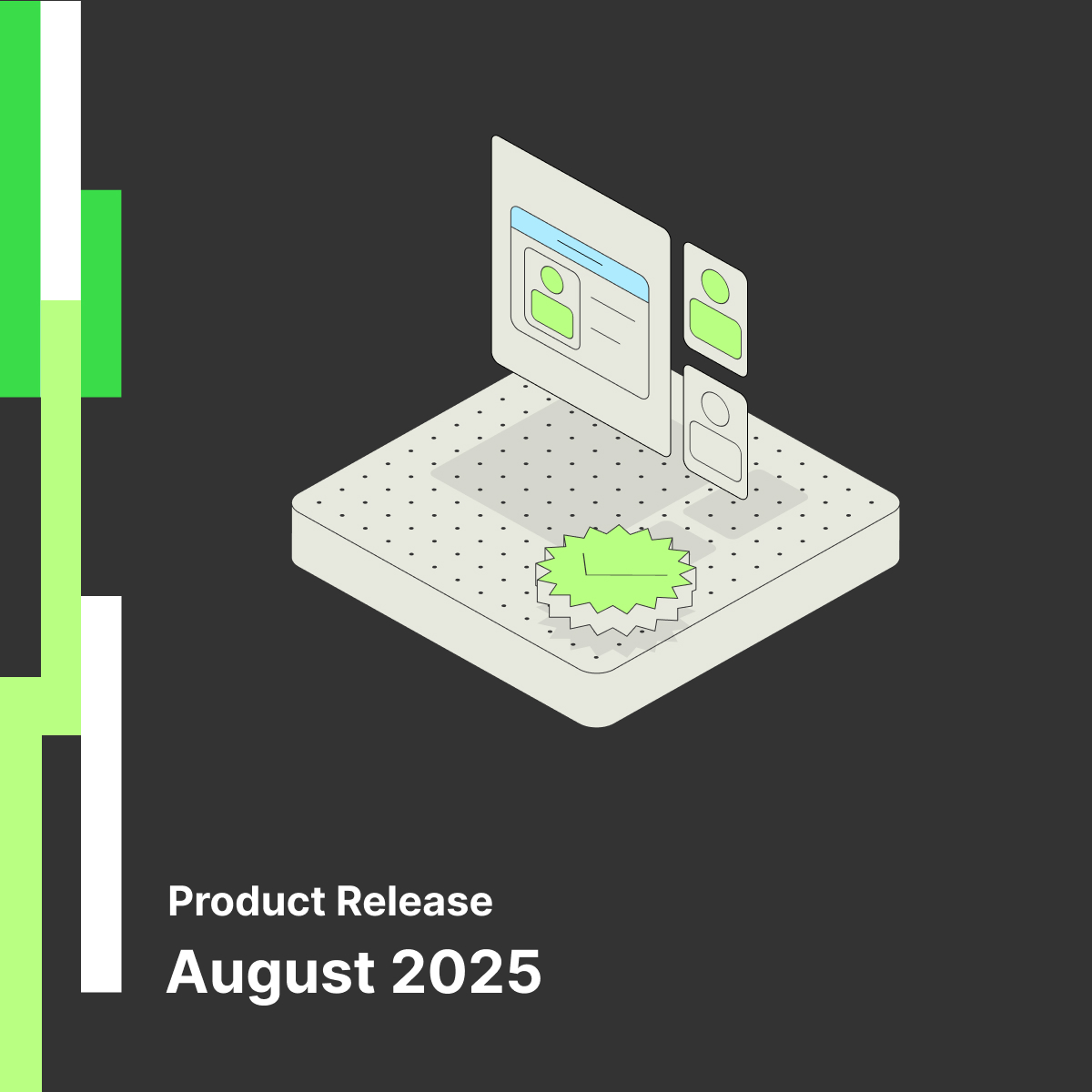





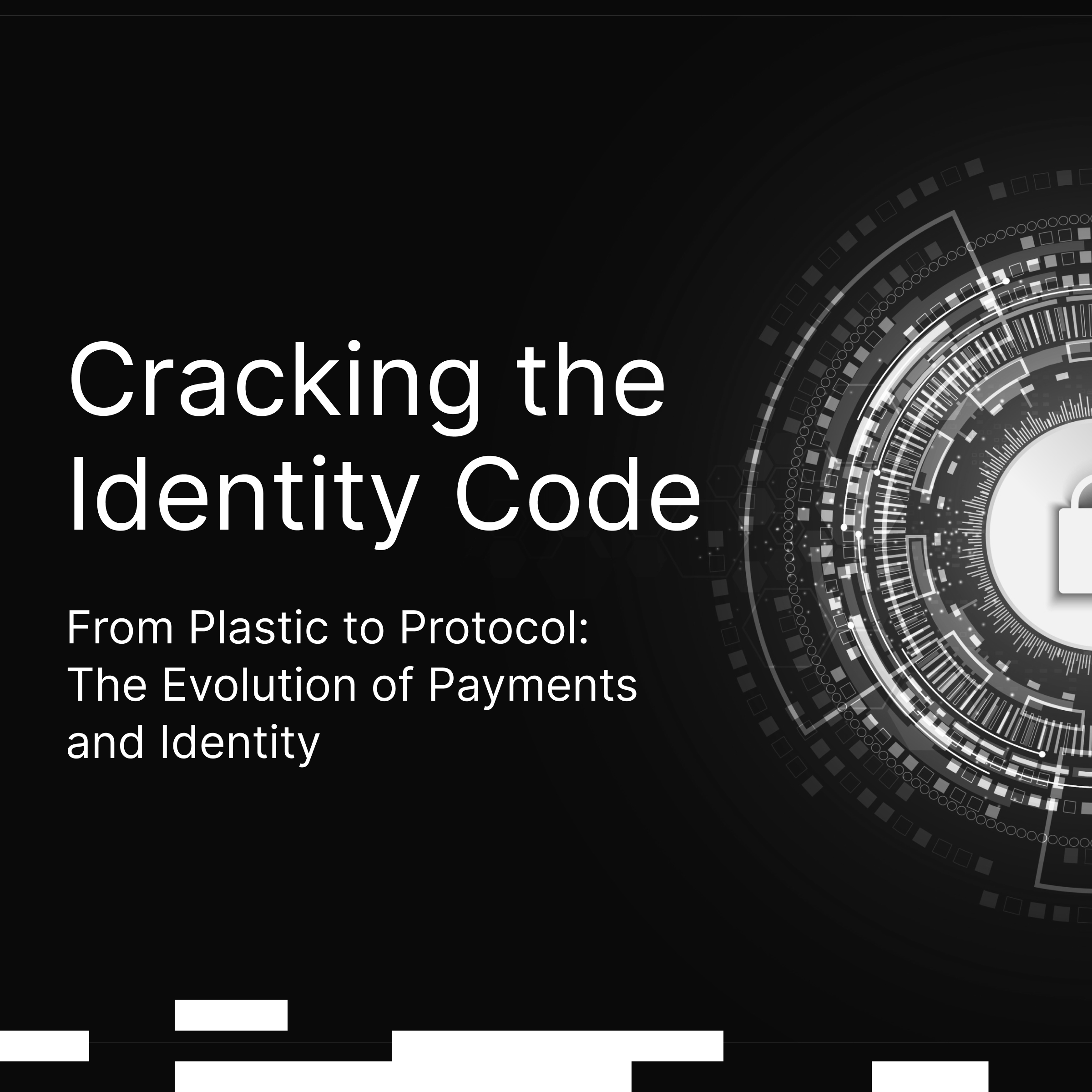


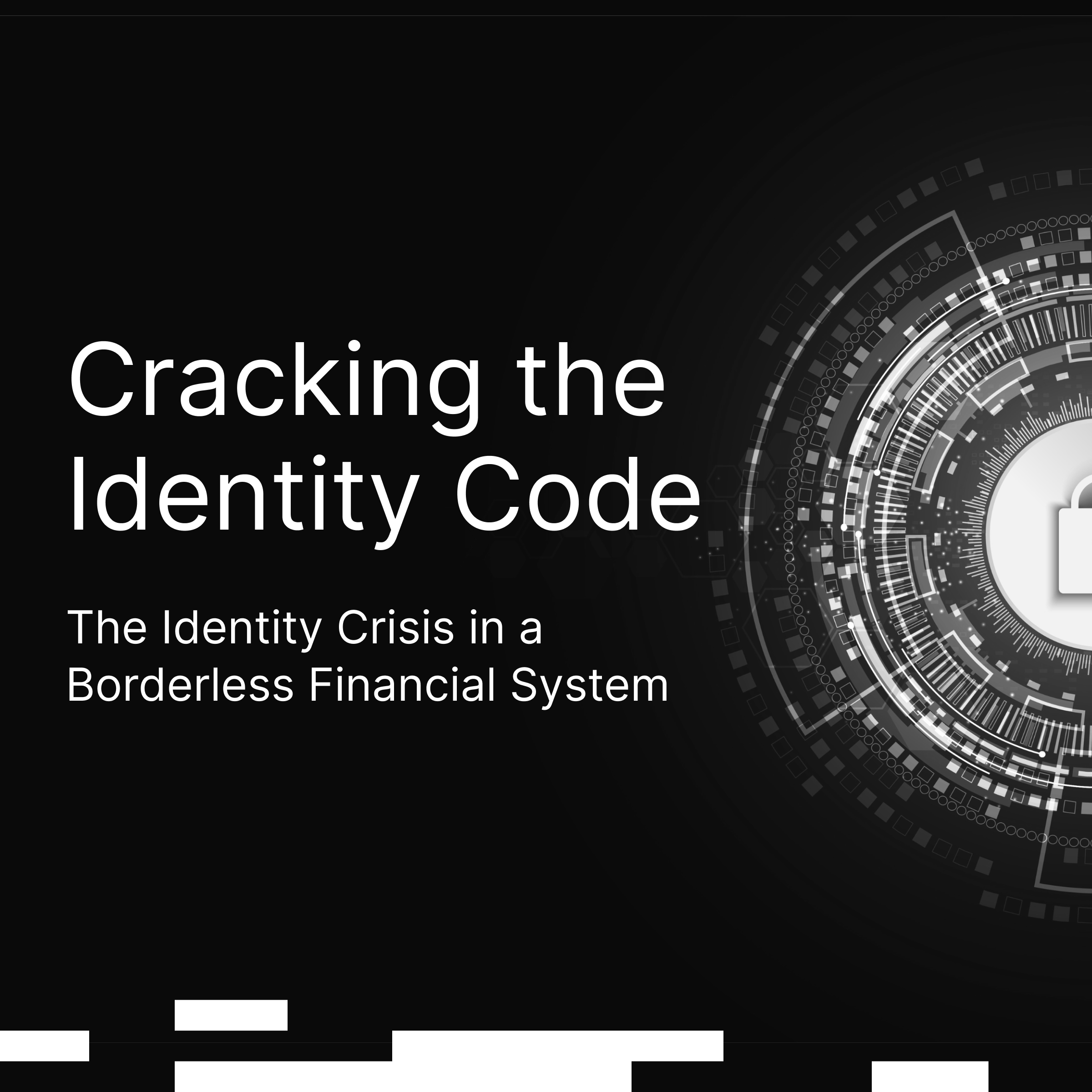




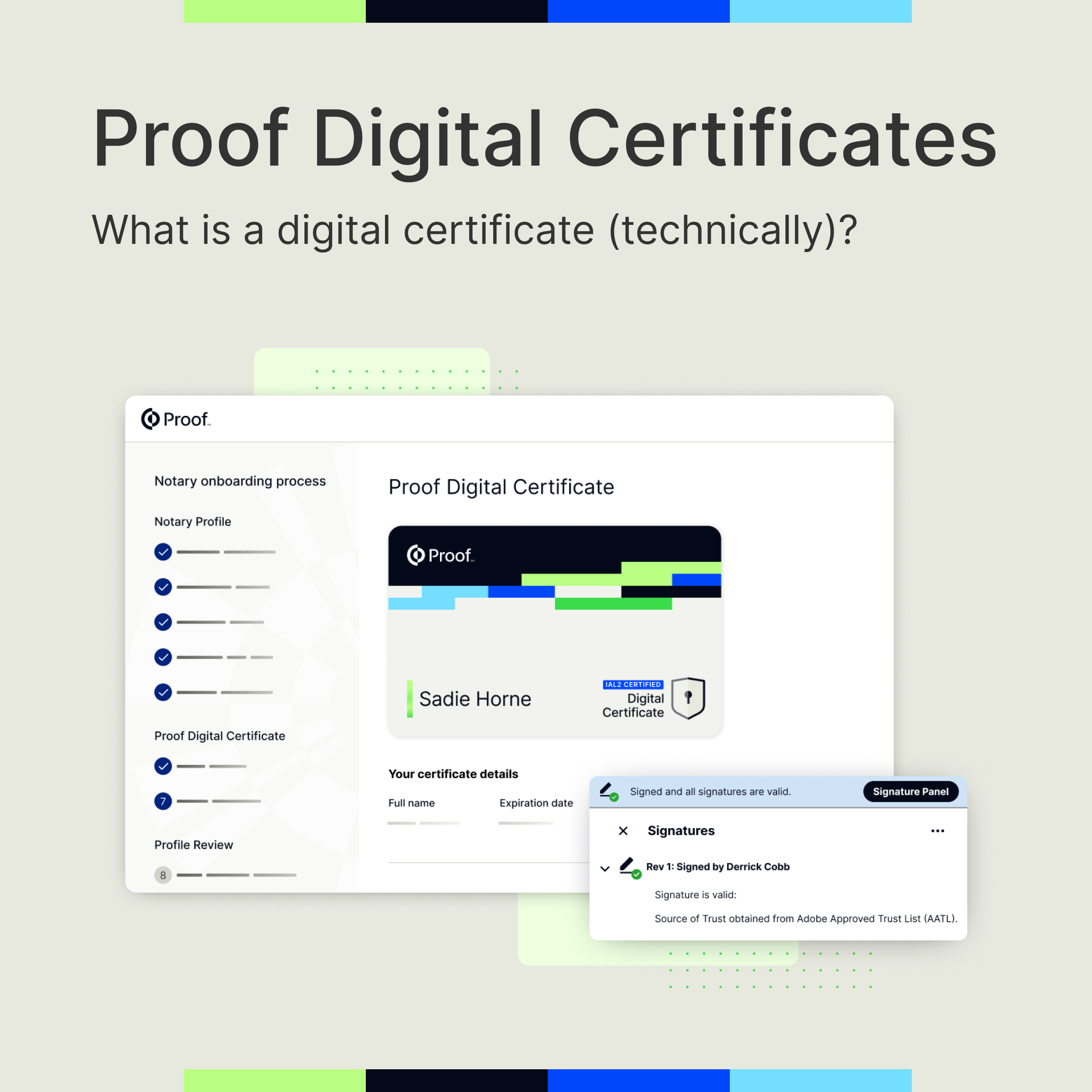



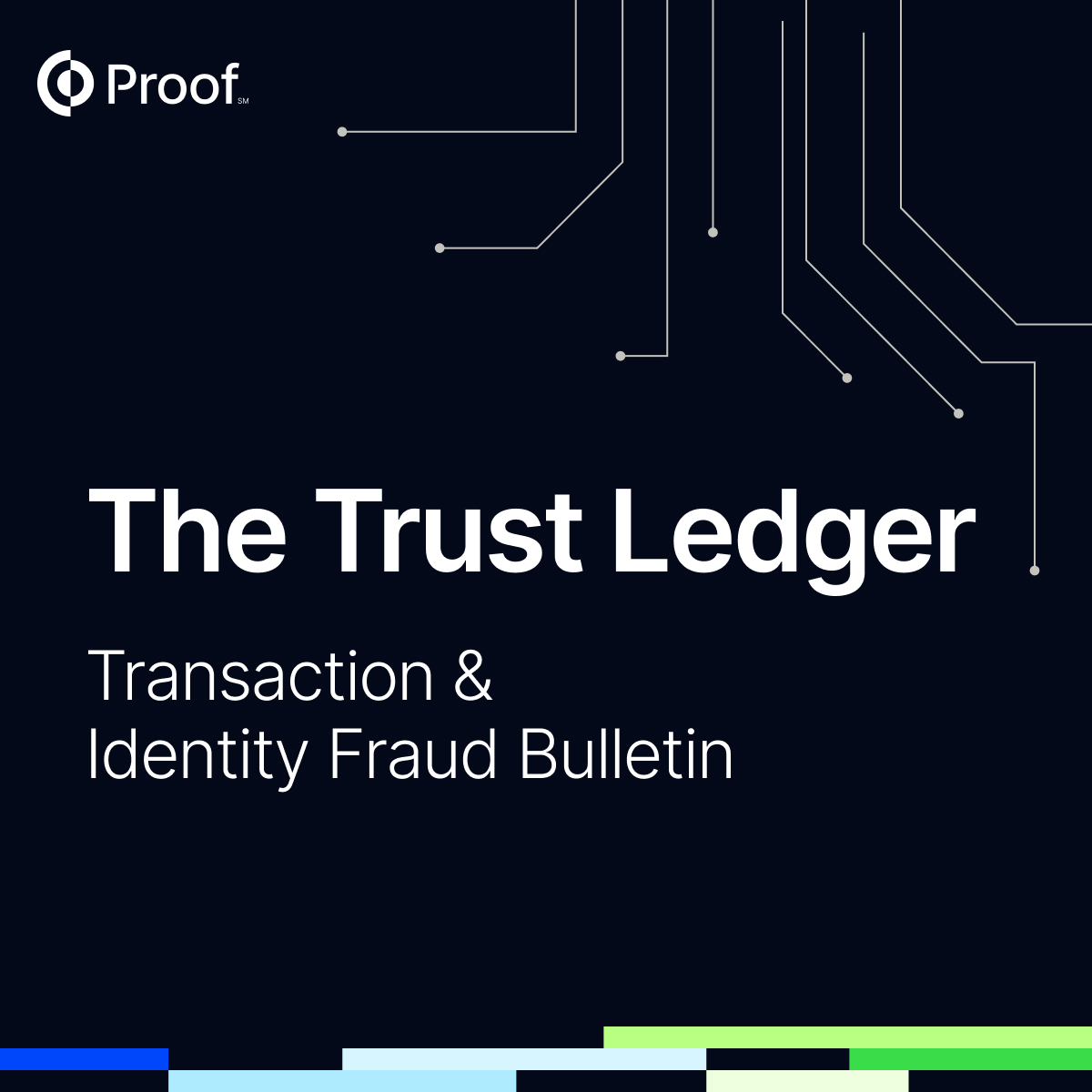













































.jpg)





.png)

.png)







.png)

















.jpg)













.png)

.jpg)

